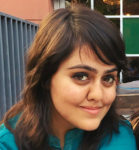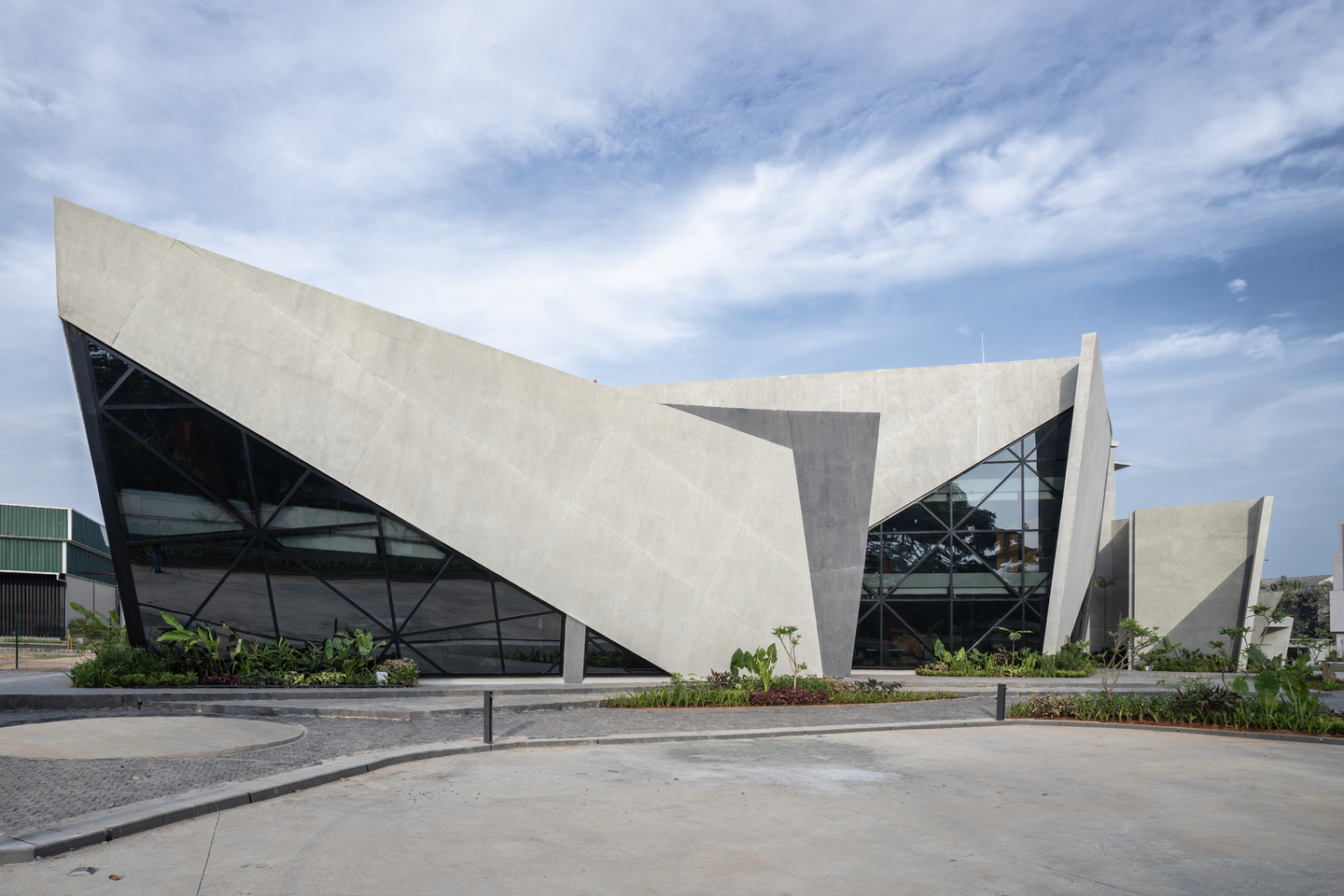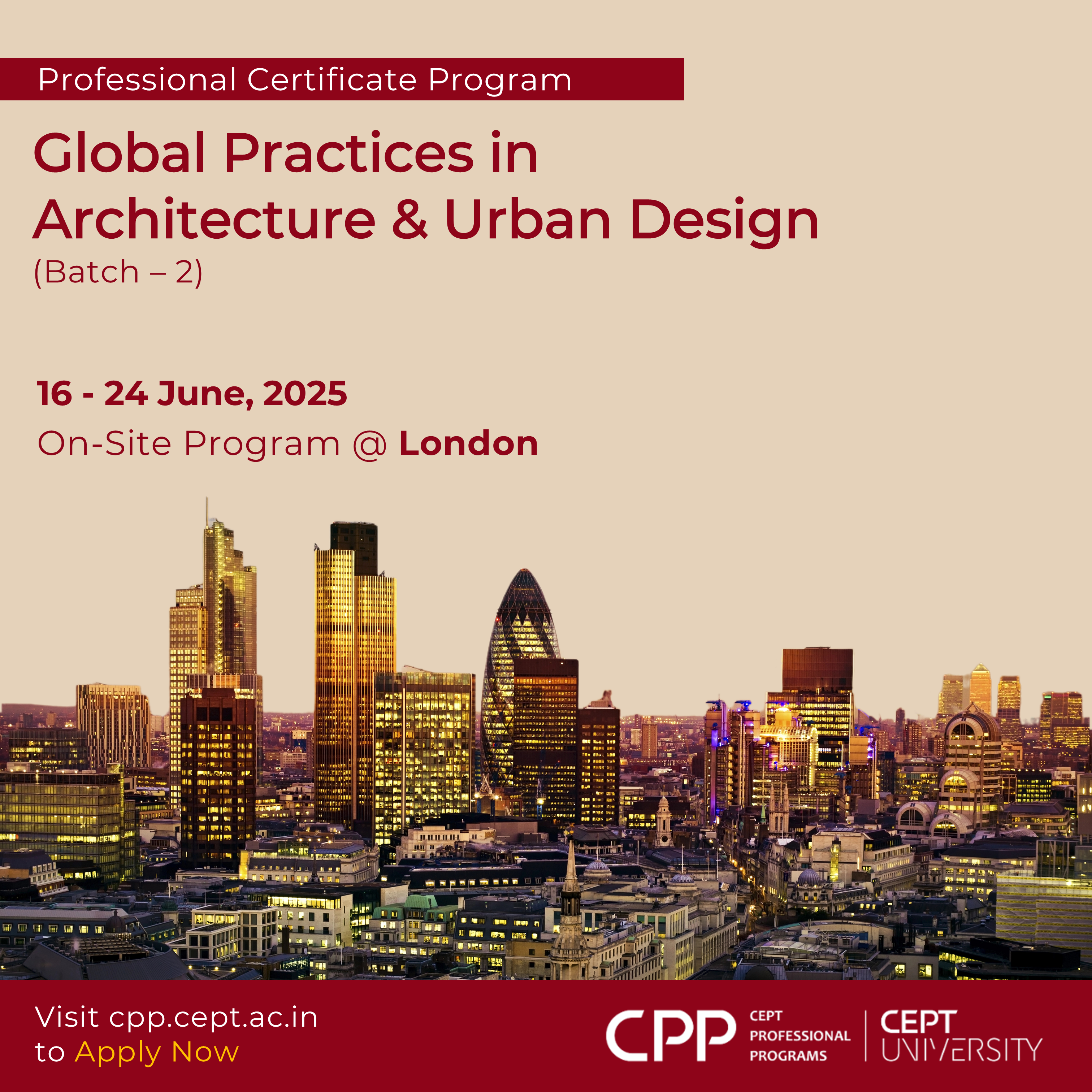The dialogue that spanned a month and a half is now coming to an end – as we wrap up our discussion about portrayal of architecture through the photographic medium, we glance back and attempt to reconcile the nuances we have been presented with, so far.
The pattern we found was one perpetuating itself, with no rigidly delineated cause and effect, and only spurred onwards by contemporary patterns of content consumption. The ubiquity of information and the ease with which it can be accessed has resulted in us being inundated with almost toxically large amounts of data, so much so that our attention spans have drastically shortened and our attention to detail and tendency towards discernment has lowered, with the most superficially appealing objects being preferred over their plainer counterparts, often despite higher suitability and functionality.

“This is perhaps why we are no longer interested in discussions on a human scale – on the ambience of the space, on the organization of place and on the thinking and drawing of architecture – as our engagement with content is momentary. In that moment, if the image seduces us, we might want to know more and maybe engage with the work; this has reduced many talented architects to creators/producers of that seductive object that hooks our attention and invites us to explore more, but in the process of production of this image, the value of content in architecture is lost.” – says Ruturaj Parikh
Architecture, as we have pointed out before, is an experiential art. Evaluating its worth primarily via its aesthetic appeal is counterintuitive and problematic.
While our gravitation towards photography as a medium – whether for documentation or expression – indicates an interest in experiencing the world around us in all its vibrant reality, our increasing inability to observe and engage has resulted in only the flashiest imagery gaining traction, subtlety and sobriety pushed to the backburner. In a consumerist culture that makes its choices by what catches its eye first, it is not surprising that our media panders actively to those tastes alone. Coupled with post-modernist sensibilities which strive for a distinctly slick, flawless aesthetic, our collective imagination has started to regard architecture as a commodity.
Architectural photography finds itself, thus, placed on a precarious pedestal. The ease of access to tools that allow photo-manipulation has only brought an old trend to public focus, not created one. And the same factors are facilitating, and even encouraging its use – if architecture is a commodity, and visual appeal sells products, then why cannot we present our buildings as their flashiest selves? And if this flashy imagery is what the public is consuming – and consequently, growing accustomed to – can one afford to be the outlier in the supply chain?
“Architecture to me is about experiencing the space, not just viewing it as an Image or film. There are two homes in Dharamshala that I visited – mud homes that I have not shot – which would not necessarily look as appealing as our concrete structures with their flashy facades, but about the experience of spaces I could go on and on. For a generation that does not have the time to read the text that accompanies images in articles, how do we celebrate the sustainability of these structures which is more important than their visual appeal? When there is little demand from the audience, how can we expect media that survives on TRP and the resulting advertisements to talk about something no one really wants to read about?” – says Andre Fanthome
Hence, in this proto-capitalist scenario, photography does play the role of a tool, but one that aids marketing, not documentation. Photography has had to transcend its role from a conveyor of information, to the maker of a statement. While the personal vision of a photographer does play a quintessential part in how a shot shapes up, a significant amount of passive as well as digital manipulation comes into play due to external pressures.

The issue, then, boils down to intent, and integrity. Incidentally, the issue which garnered the most ambiguity in this dialogue, was those of ethics – with the only point of concordance being that blatant falsification is completely unacceptable – ranging from its complete dismissal to keeping it in the forefront. However, the grey area between complete fact and complete fiction is the one that requires the most introspection, given how things tilt one way or another when seen through the lens of perception and objectivity.
“I think we want to have some certainty, we want to have rules – but the fact remains that no such hard and fast rule can exist. The rules depend on what your objective is, so the real question is – what is the objective, and what limits would you draw for each objective? If my objective is to communicate what my building is – the physical fact of it – then obviously I should not edit anything out, not even the hanging wires in the foreground. If, however, your objective is to communicate the design intention as it is realized in the building, the rules change… Hence, the objectives are always there, and are relative – you can’t have a standard rule for all purposes.” – says Himanshu Burte
Art, however, – and that includes photography as well as architecture – lies on this intersection of fact and fiction. It is a mode of self-expression, and all self-expression must ultimately cater to the innate sensibilities of the artist before anything else.
However, architecture is a social art. We do not create solely for expressing ourselves, as the art we create is one which lives on beyond us, and which the world absorbs and moulds to its own needs. The artwork of an architect is dynamic and takes a life of its own, and no organic, dynamic entity can be or remain pristine.
Perhaps the issue we are tackling is not one of deliberate deception, but one of reluctance in accepting that whether it be the compromising of our vision to the client, the circumstances, or the context, or the various aberrations and deviations from our imagination which inevitably creep in at the time of execution – our ideas will never translate fully to reality, some parts always lost in translation.
This, perhaps, is our biggest cross to bear – but the portrayal of truth cannot begin unless we acknowledge that truth ourselves.
 Anupriya Saraswat is a content editor for Architecture Live! who recently graduated from Aayojan School of Architecture, Jaipur. She has a penchant for writing and research, and seeks to combine curricular learning with contextual pragmatism to deconstruct, interpret – and ultimately – contribute to contemporary architectural discourse.
Anupriya Saraswat is a content editor for Architecture Live! who recently graduated from Aayojan School of Architecture, Jaipur. She has a penchant for writing and research, and seeks to combine curricular learning with contextual pragmatism to deconstruct, interpret – and ultimately – contribute to contemporary architectural discourse.






